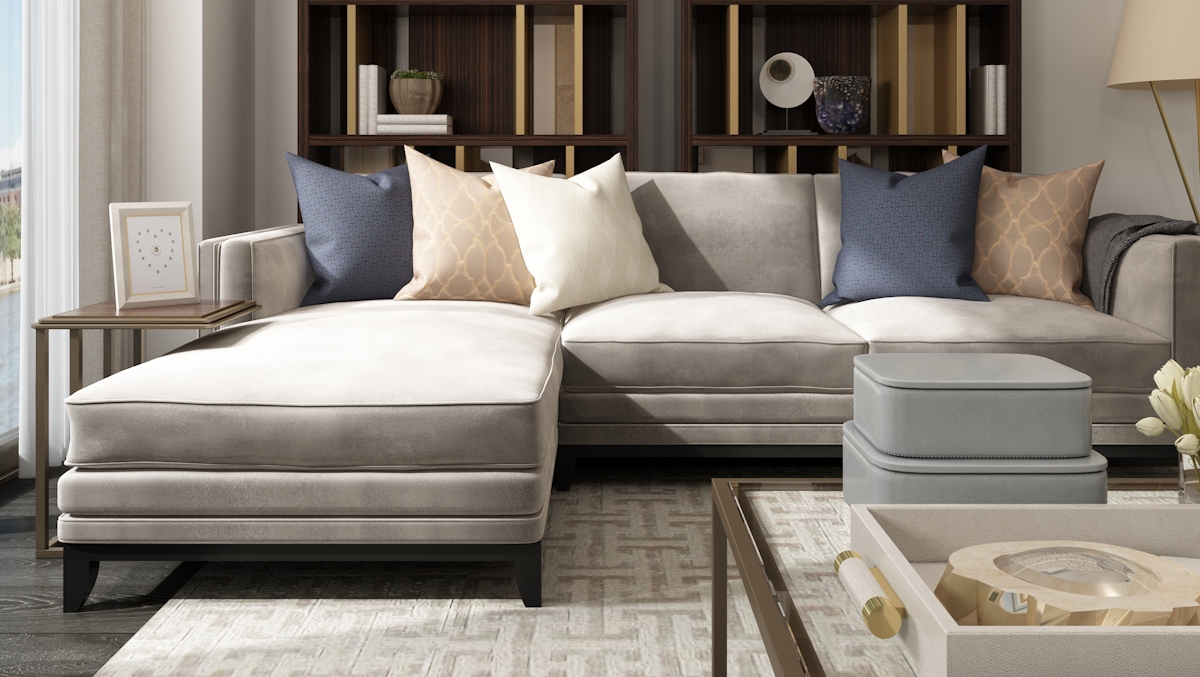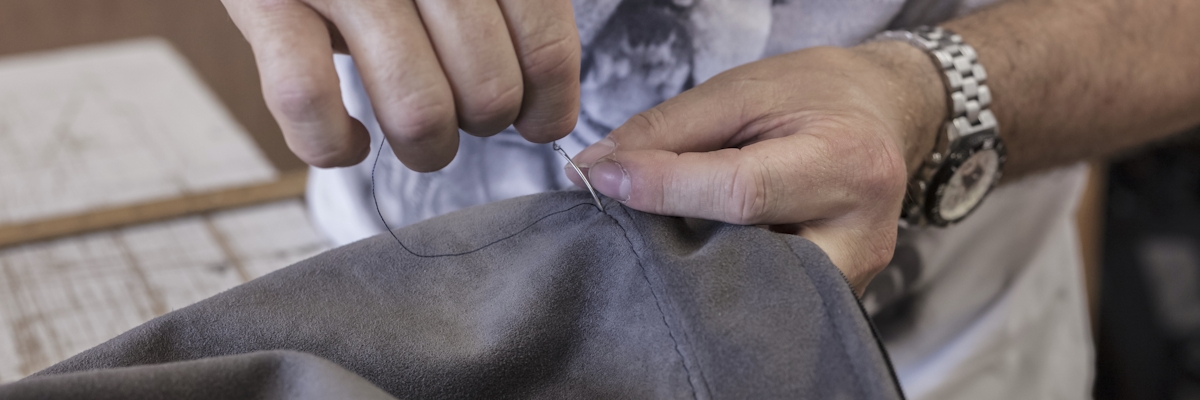
0 items added to basket
Image currently unavailable
Price on enquiry
Subtotal (0 items)
£0.00
Upholstery Textiles, Techniques & Applications

Discover the most creative part of sofa design
Now that you’ve decided on the very important sofa frame, it’s time to turn attentions to the aesthetics of the piece. When it comes to sofas, the main aesthetics is, of course, all about the upholstery.
In many ways, upholstery is a old art and there is much to decide when it comes to fabrics, seam options, stitches and decorative finishes. Discover some of our favourites for sofas here.
The Mark of Luxury
Good upholstery is the mark of a luxury sofa. It requires expert upholsterers, fine materials and time to truly finish off a sofa as perfectly as possible.
A high-quality fabric will likely be more expensive than an inferior quality fabric but it will last longer; French seams might seem unnecessary to the untrained eye but it’s a mark of a superior upholstery job; and one might think all sofa skirts are made equal but bad pleating is very noticeable and would ruin the aesthetics of a good sofa. Never underestimate the power of fine upholstery.
Upholstery Textiles
Textile composition, weaves, patterns, applications… The world of textiles is no easy place to navigate. Upholstery textiles are so interesting that each can have a whole series written about it. We’ll focus on textile types and their best uses.
Bouclé
A designer favourite, bouclé is recognisable by its looped, textured surface which is created by loose loops in the fibres used in its production. The textured finish conceals dirt more easily but, because its loops may catch, bouclé might not be a good choice for homes with pets or small children. Bouclé works particularly well in curved and monolithic sofas where its texture can most easily draw attention to their confident, artistic shapes. Bouclé sofas were popular during the Mid-century Modern movement and are having something of a renaissance.
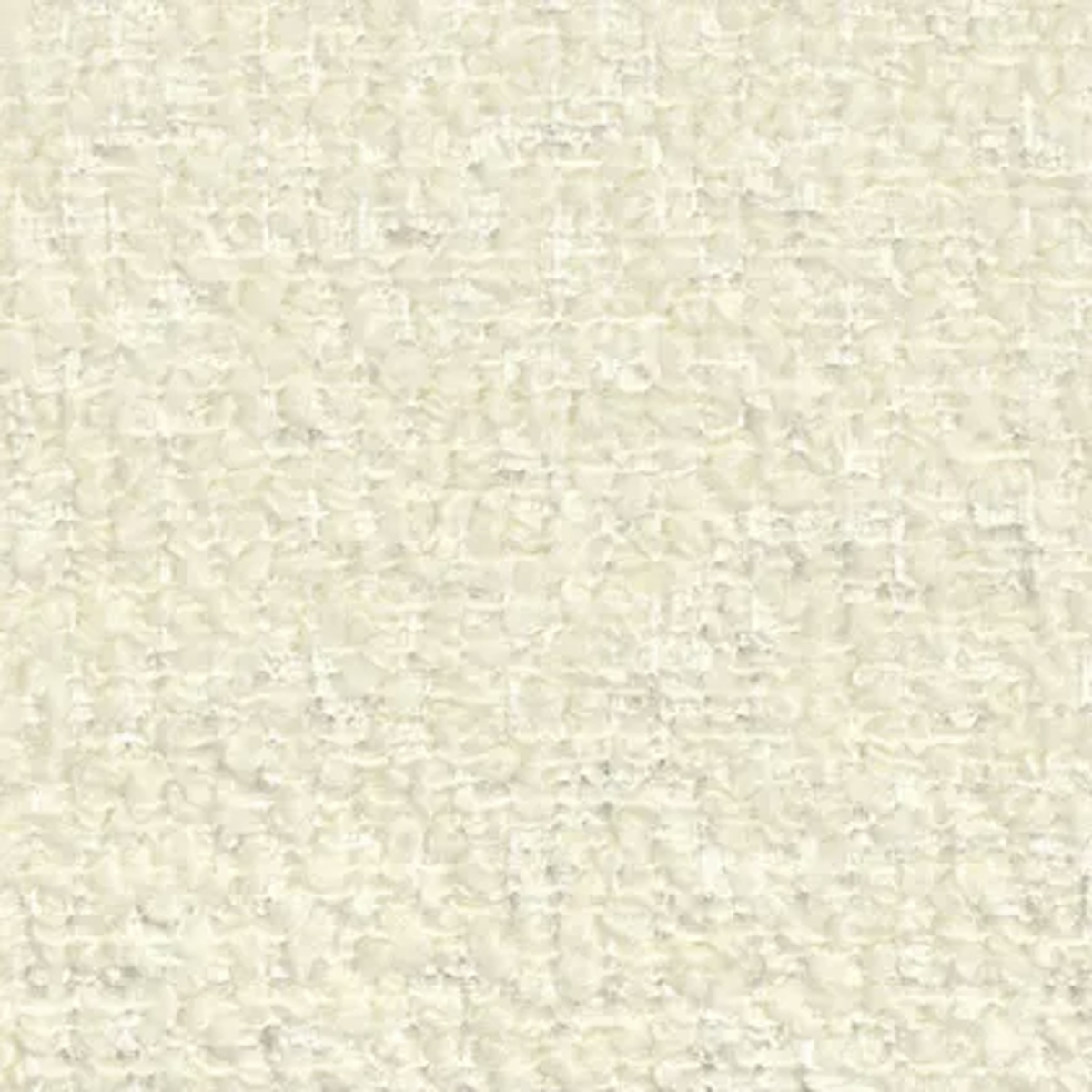
Chenille
Like velvet, chenille has a dense pile (albeit a short one) which is created when chenille tufts are inserted during the weaving of two core yarns, resulting in them sticking out. This process gives the fabric its characteristic “fuzzy” appearance. Whilst microfibre sofas often have the look and soft feel of chenille, a true chenille fabric must incorporate the use of chenille fibres. Because of their texture, chenille sofas hide dirt well (great for kids) but sometimes need to have their nap brushed. Chenille is a suitable choice for transitional sofas and modern ones.
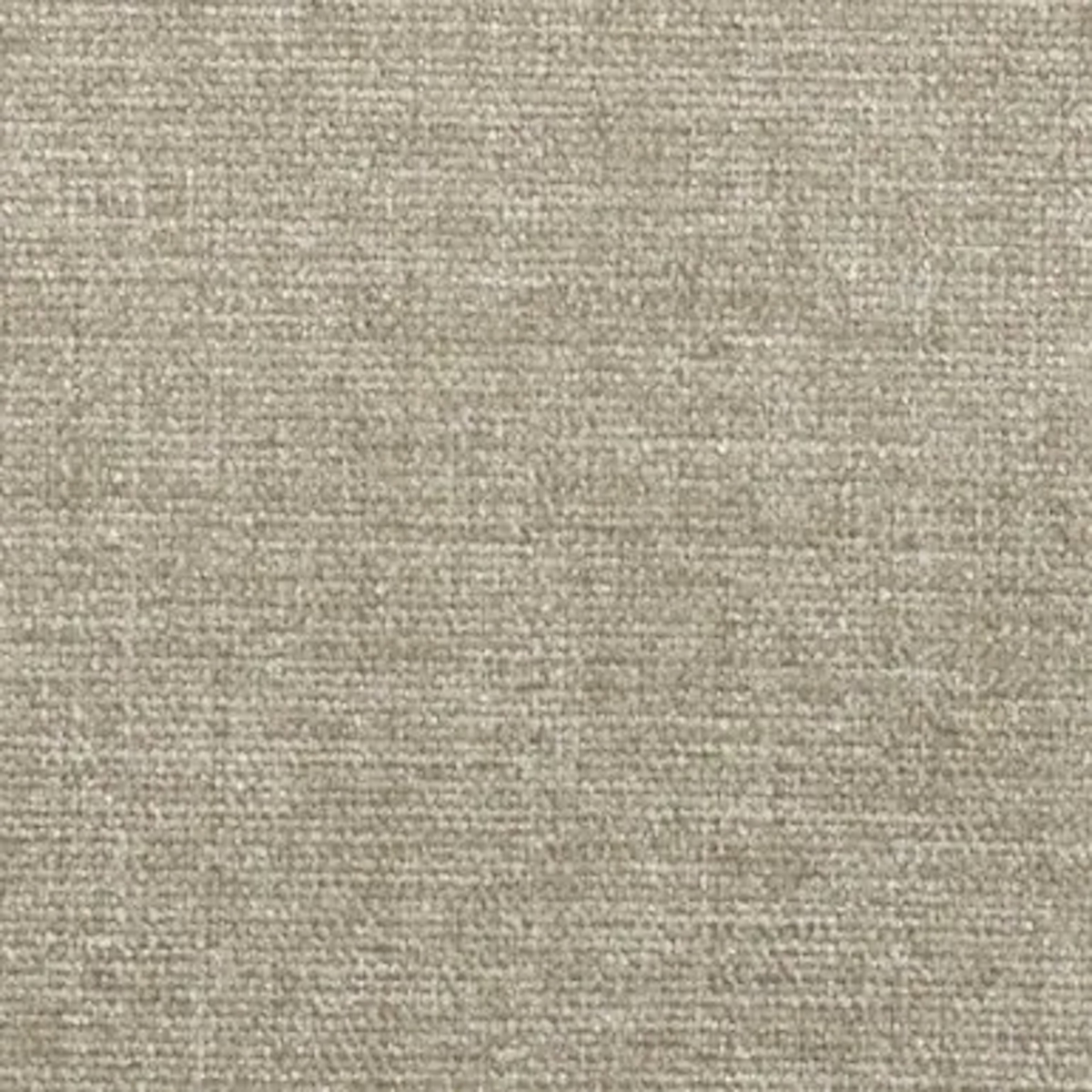
Cotton
Cotton is a mainstay fabric in all walks of life and sofa upholstery is no different. It is a natural fibre obtained from the cotton plant and is used as a base fibre for many fabrics. It is known for its softness, versatility, ability to take dyes very well (making upholstery patterns and colours limitless), ability to wick moisture away from the body and durability. Whilst it can take many forms—cotton velvet, cotton chenille, etc.—a simple cotton sofa in a beautiful colour is wonderful in its own right. It is also one of the most style-versatile fabrics and suits any sofa shape.
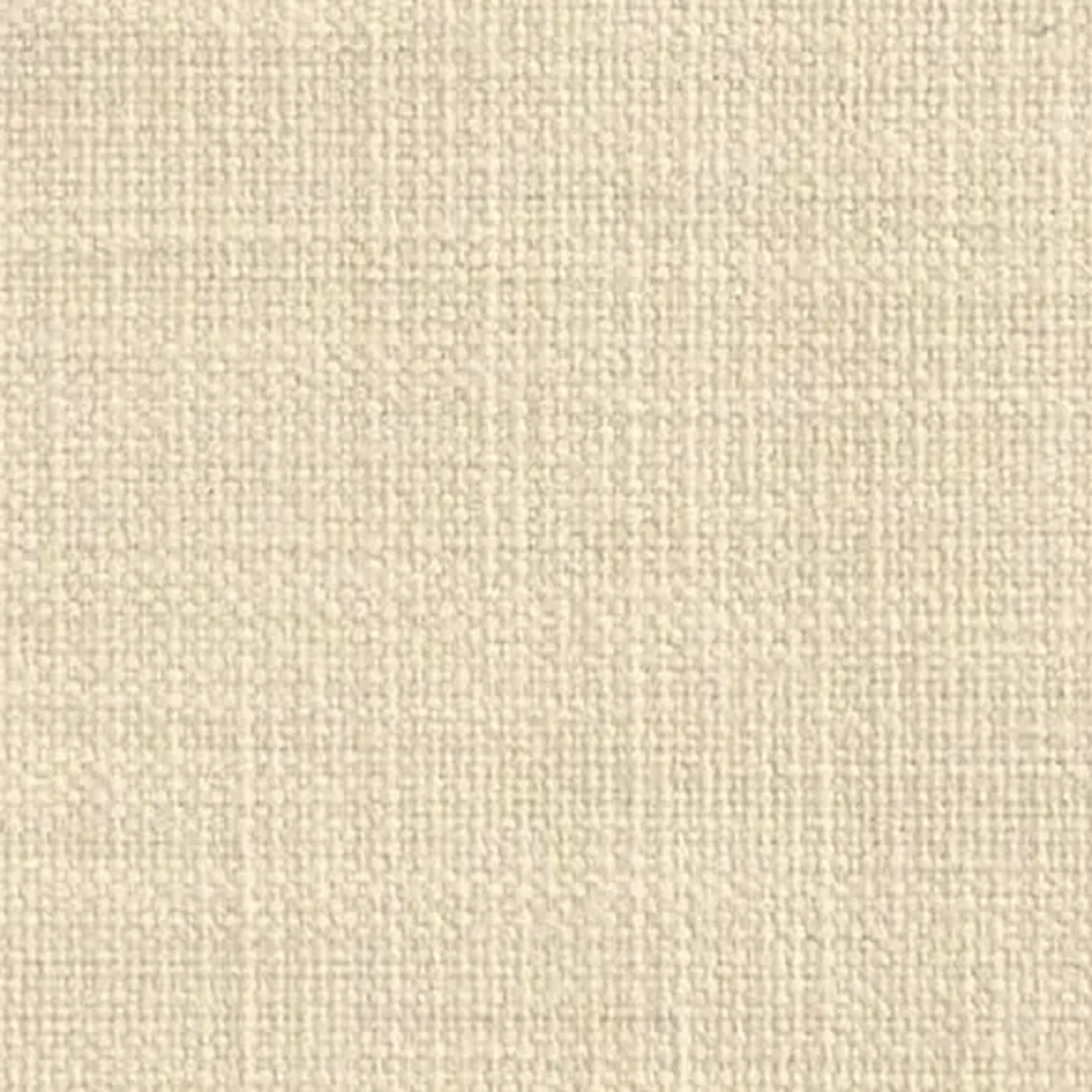
Leather & Faux Leather
Leather is the cured hide from animals, birds, reptiles or fish, produced through a process called tanning. The most common leather is cows leather, although goatskin, stringray, crocodile and ostrich leathers are popular too for their unique grains. Leather is loved for its rich, handsome aesthetic, ability to develop a characterful patina, durability and cleanability. Top grain leather, split leather and faux leather all vary in quality and characteristics. Leather sofas have long been a popular choice and are a favourite for those wanting a sophisticated look.
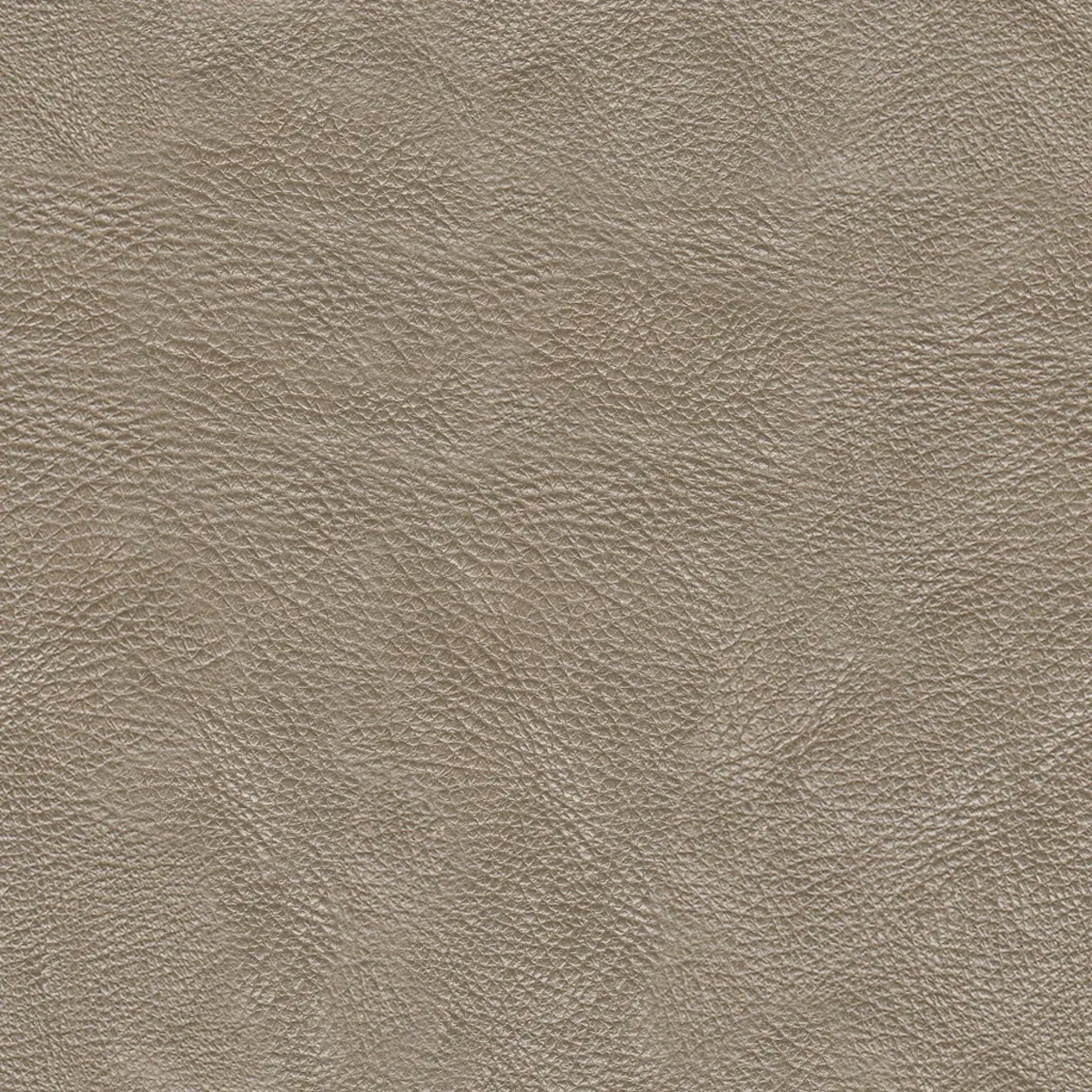
Linen
Linen is a natural fibre obtained from the flax plant. It has been used as a fabric for millennia and is prized for its breathability, easy upkeep, antimicrobial properties, moisture wicking and strength. It is well-known for being the strongest natural fibre because of its long staple fibres. Naturally stiff, it does soften with use but linen blends—designed to add extra comfort to the natural qualities of linen—are also very popular. It is known for its characteristic wrinkles so, if you plan to buy a linen sofa, be prepared for them. Popular for loose covers.
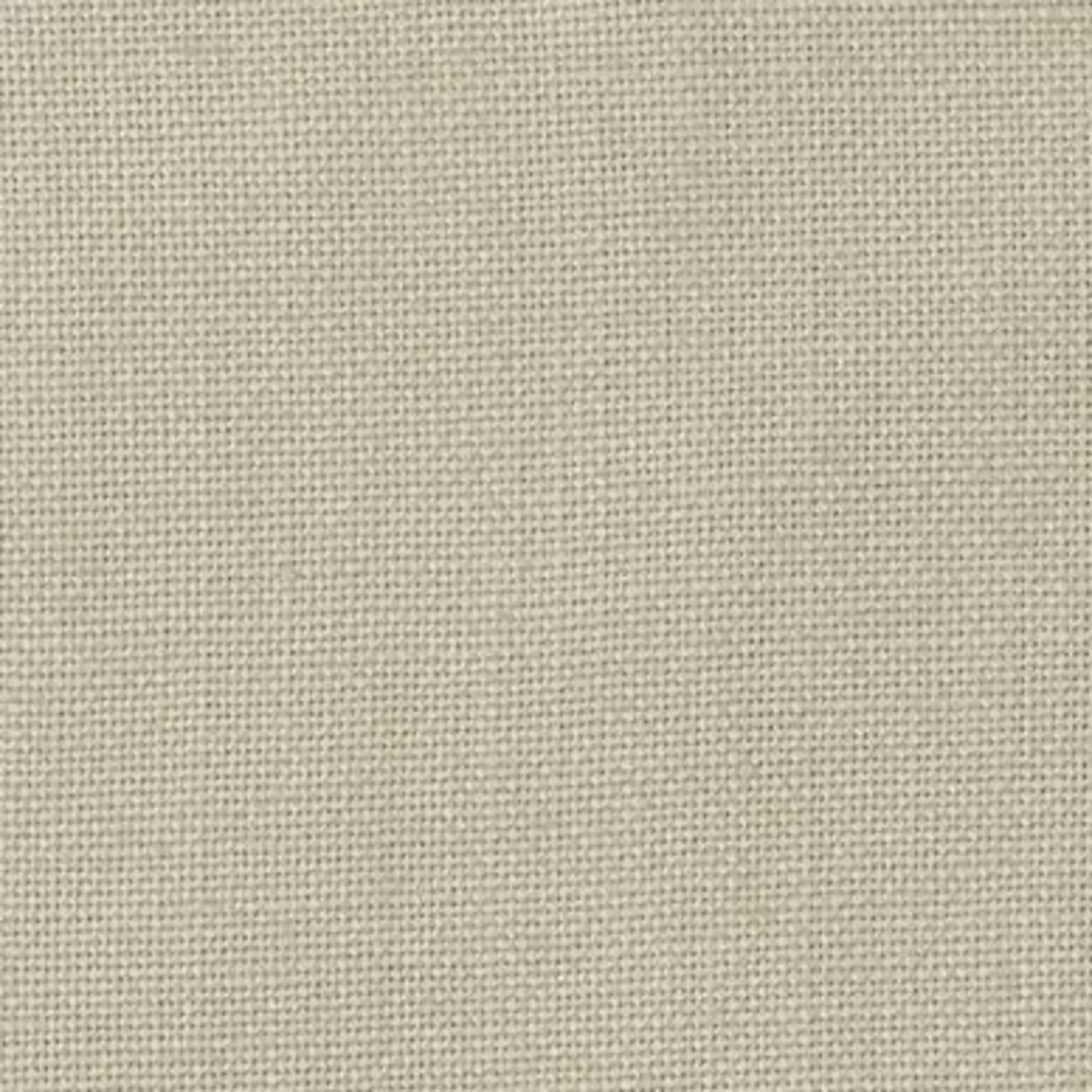
Wool
Wool is the natural fibres from the shorn coat of an animal (usually a sheep) which is processed and spun into yarn. The fibres are wavy which gives it volume and the material strong, cool in the summer, warm in the winter and easily renewable. It was traditionally used for sofa stuffing but, today, is mainly used as an upholstery fabric. Wool sofas are known for being inviting, able to regulate temperature and hypoallergenic since wool is resistant to dust mites and mould. Because it comes in so many different styles and textures, wool looks good on any sofa.
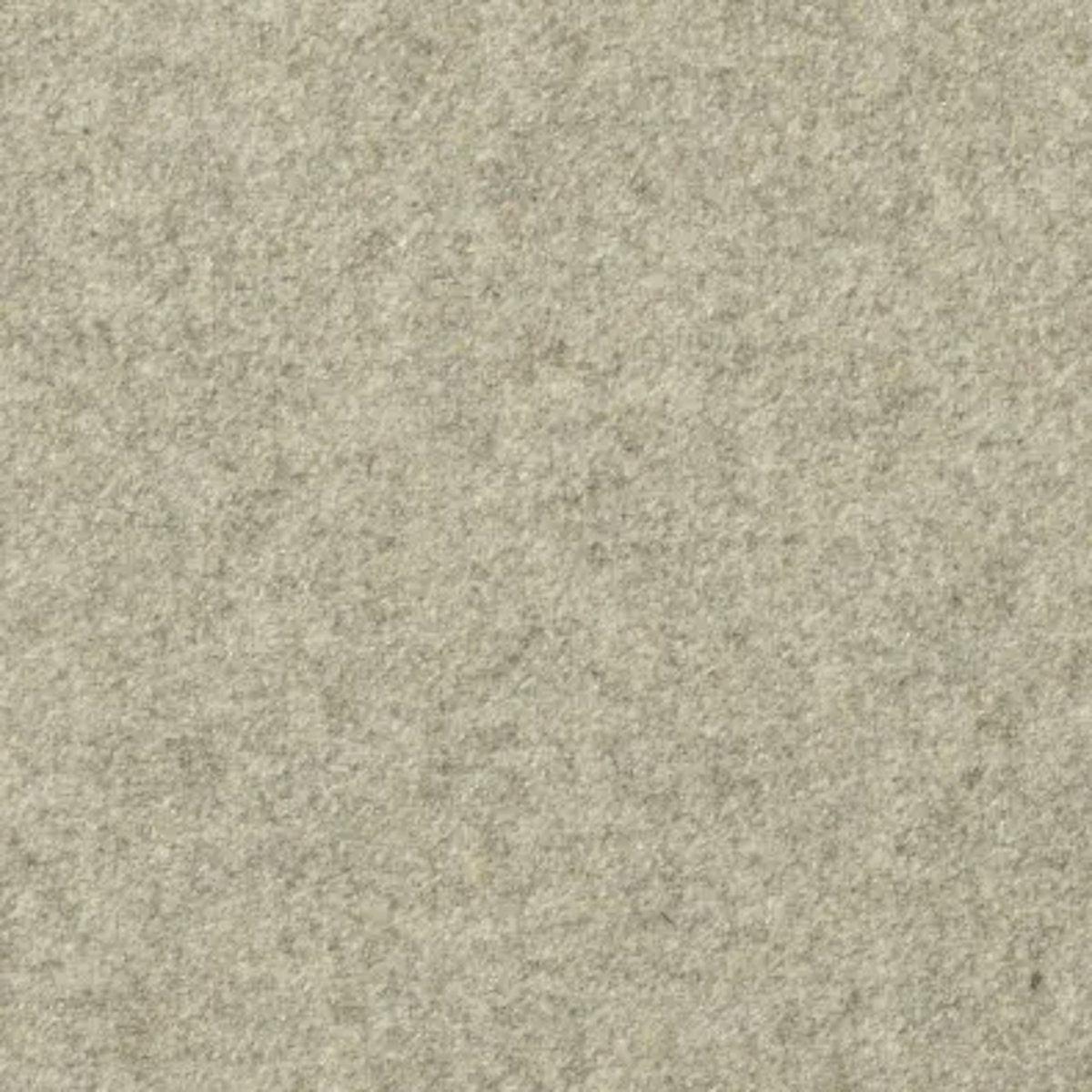
Velvet
Velvet is a tufted fabric with a raised, dense pile. It can be woven using natural fibres (such as cotton or silk) or manmade fibres (such as nylon). It is loved for its unique handle—silky smooth—its drape and its noteable lustre. Velvet’s nap (the way its fibres lie) creates visual interest too. Velvet sofas convey a luxury aesthetic and have been very popular in recent years, particularly with the jewel-toned sofa trend. It works equally well as a solid colour in both modern and traditional sofas. Void velvet and embossed velvet work well for more traditional designs.
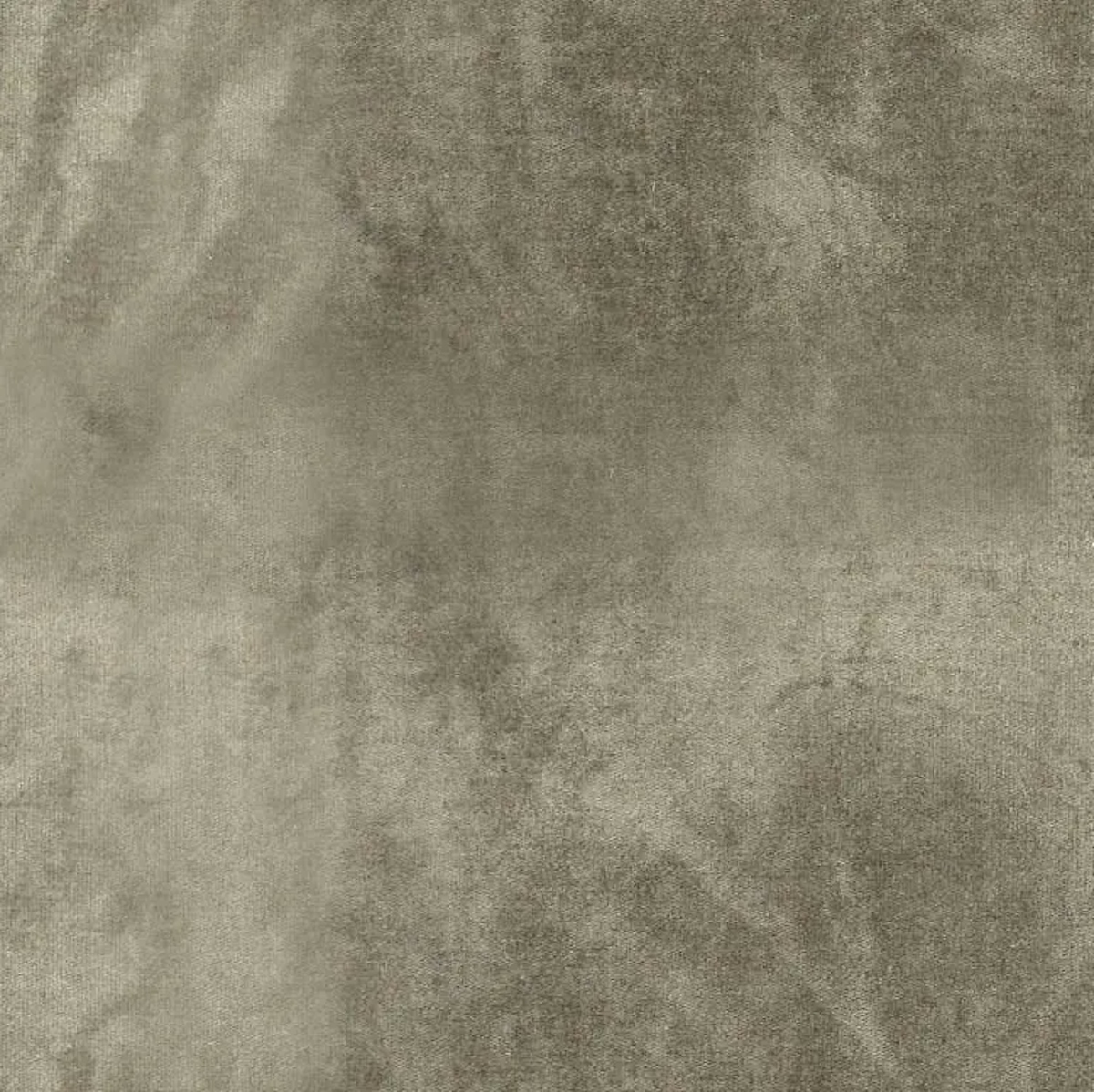
Upholstery Techniques
You’ve chosen your colour, your pattern and your fabric but did you know that there are still many more decisions to make your sofa just right for you? Upholstery techniques—even small ones like seams and stitches—can render a piece very formal or more casual.
Upholstery seams, for example—although, traditionally, a purely functional element—are now often two-fold. They do have a practical function but they can also be used to add interest to a piece. Stitches, similarly, can be used for decorative purposes.
Double Stitched Seam
A double stitched seam is the same as a plain seam but with two rows of parallel stitching on the fabric's right side, either side of the original seam. This results in a more robust seam. The double-stitched seam is often used for decoration, especially with leather upholstery.
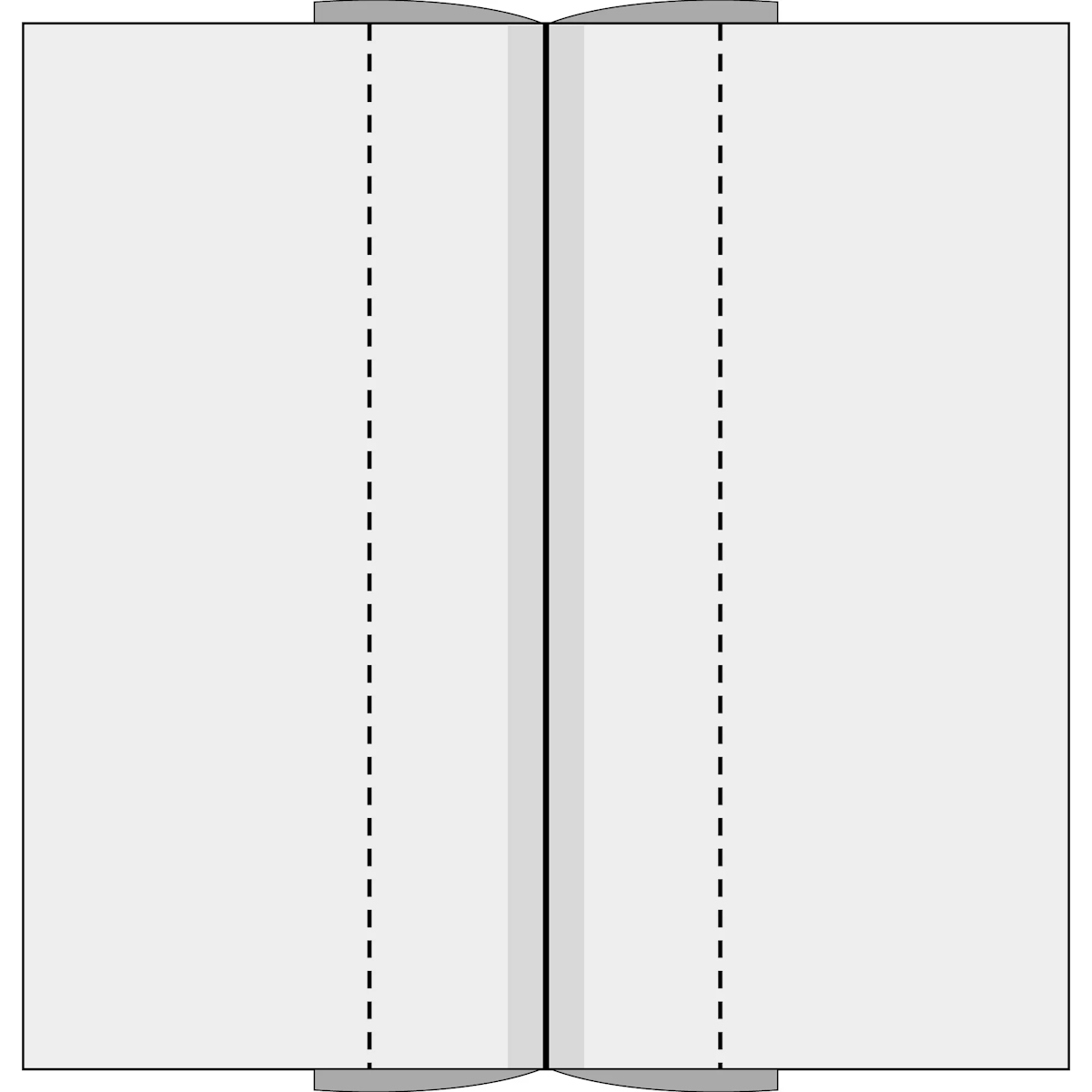
Flat-Felled Seam
A flat-felled (or tucked) seam is created by stitching a fabric’s wrong sides together with one seam allowance greater than the other. This is folded over the shorter seam allowance and stitched to secure. The two are then laid flat on the side of the shorter seam allowance and stitched one last time.

French Seam
A French seam is a seam within a seam. A seam is sewn with the fabric’s wrong sides together, then the right sides are folded together and stitched slightly past the initial seam, resulting in a flange with enclosed raw edges. These are used internally and externally for strength and aesthetics.
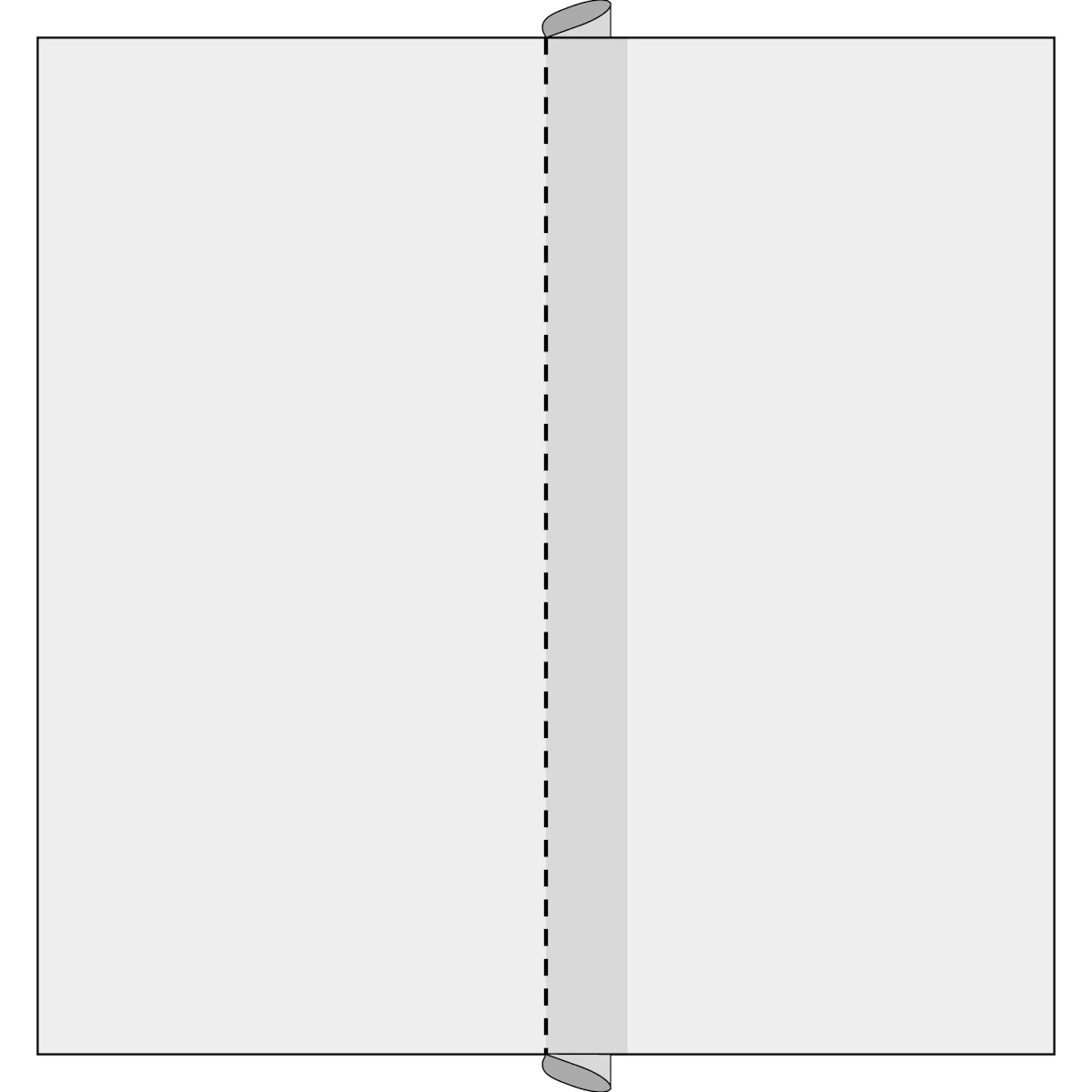
Lapped Seam
A lapped seam is created by folding over a seam allowance on one piece of fabric (right side up) and aligning it with the seam of another piece of fabric (right side up) and stitching close to the fold with a top seam. Lapped seams are used to create crisp, non-bulky seams.
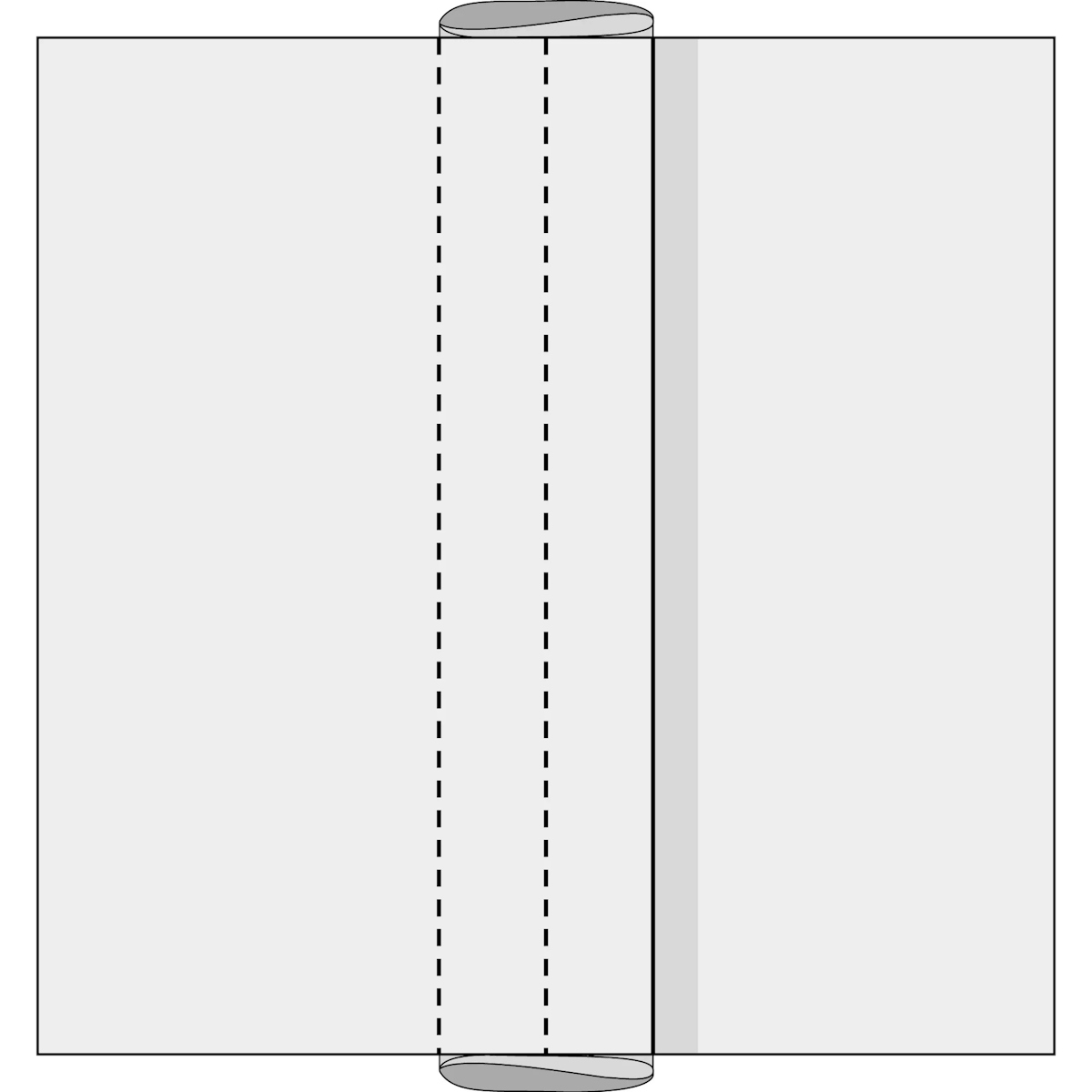
Plain Seam
A plain seam (also known as a blind seam) is simply where two fabrics (right side together) join with no further embellishment. It is the most basic of upholstery seams and is useful for many areas of sofa upholstery and cushion making where very strong seams aren’t as important.
If used alone, it should be of a high enough quality to ensure resiliency and fitted correctly so as to not cut through any surrounding foam.
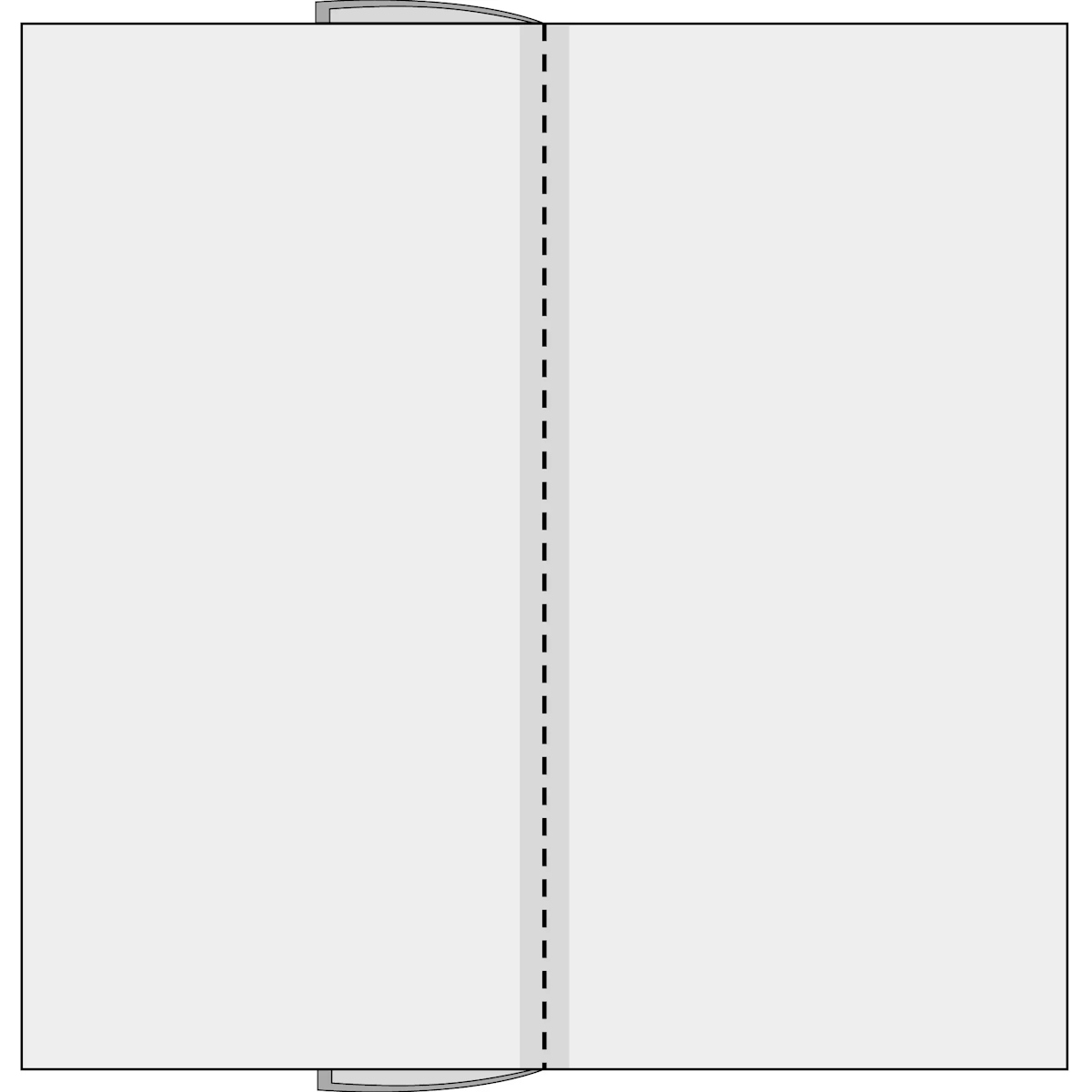
Top Stitch
Top stitching is the highlighting of a seam with an additional top stitch which parallels the original seam in either a tone-on-tone or contrasting thread. This draws attention to the area, adding interest. In upholstery, it can also be referred to as a saddle stitch or double stitch.
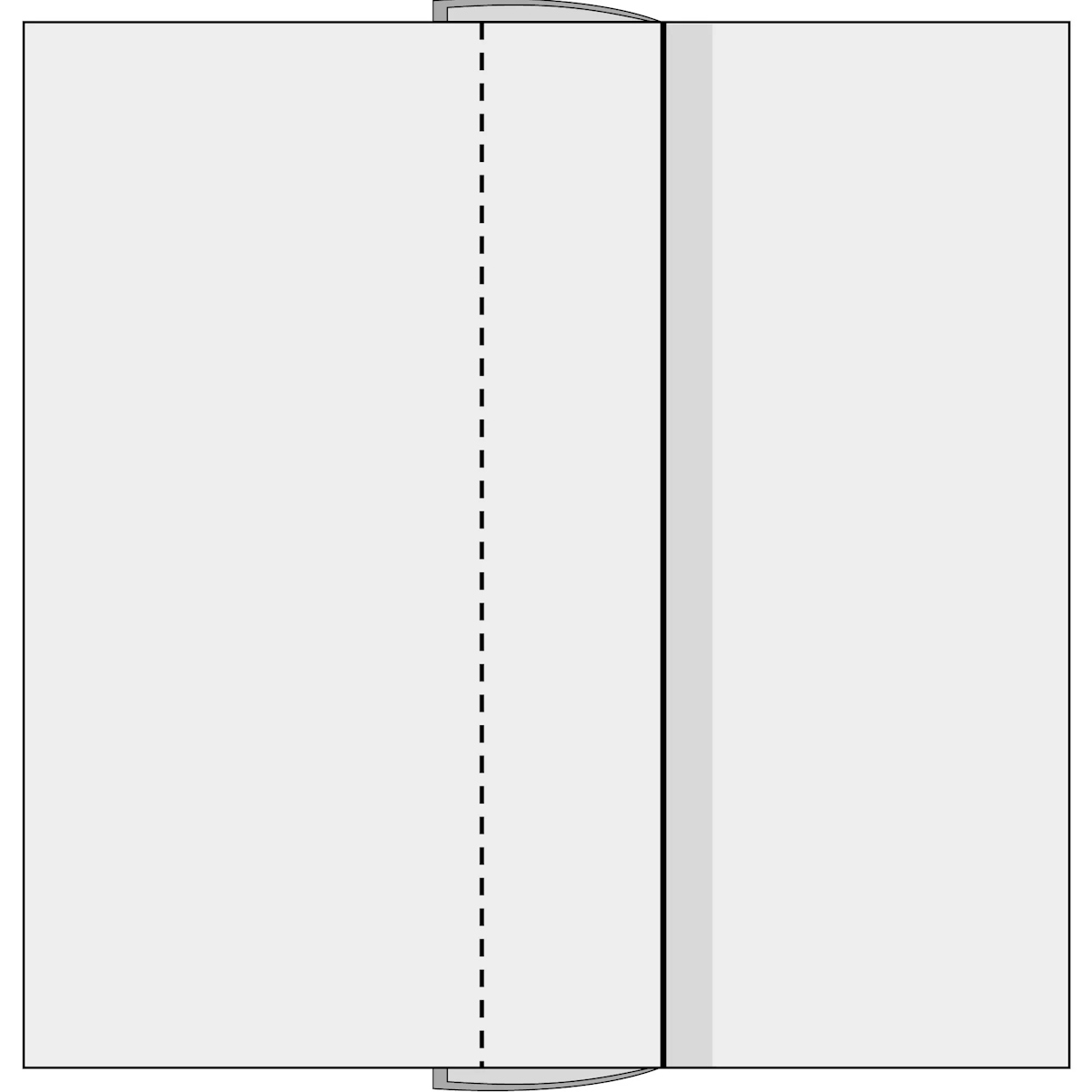
Upholstery Applications
If you’d like to add a little more interest to your piece, don’t feel confined to leg types or fabric patterns. There are many upholstery applications to consider. From skirts to trim and modern piping to traditional fringe, read on to hear which is right for you.
Skirts
Sofa skirts may be stereotyped, from time to time, as a traditional upholstery method but their classic look will never go out of style. They are a wonderful base option for both fixed cover and loose cover sofas. Here are the main contenders.
Box Pleat Skirt
A box pleat is created as two knife pleats are folded, in opposite directions and hidden behind the two front panels created and then pressed flat. Consecutive box pleats results in multiple wide panels lining the base of the sofa.
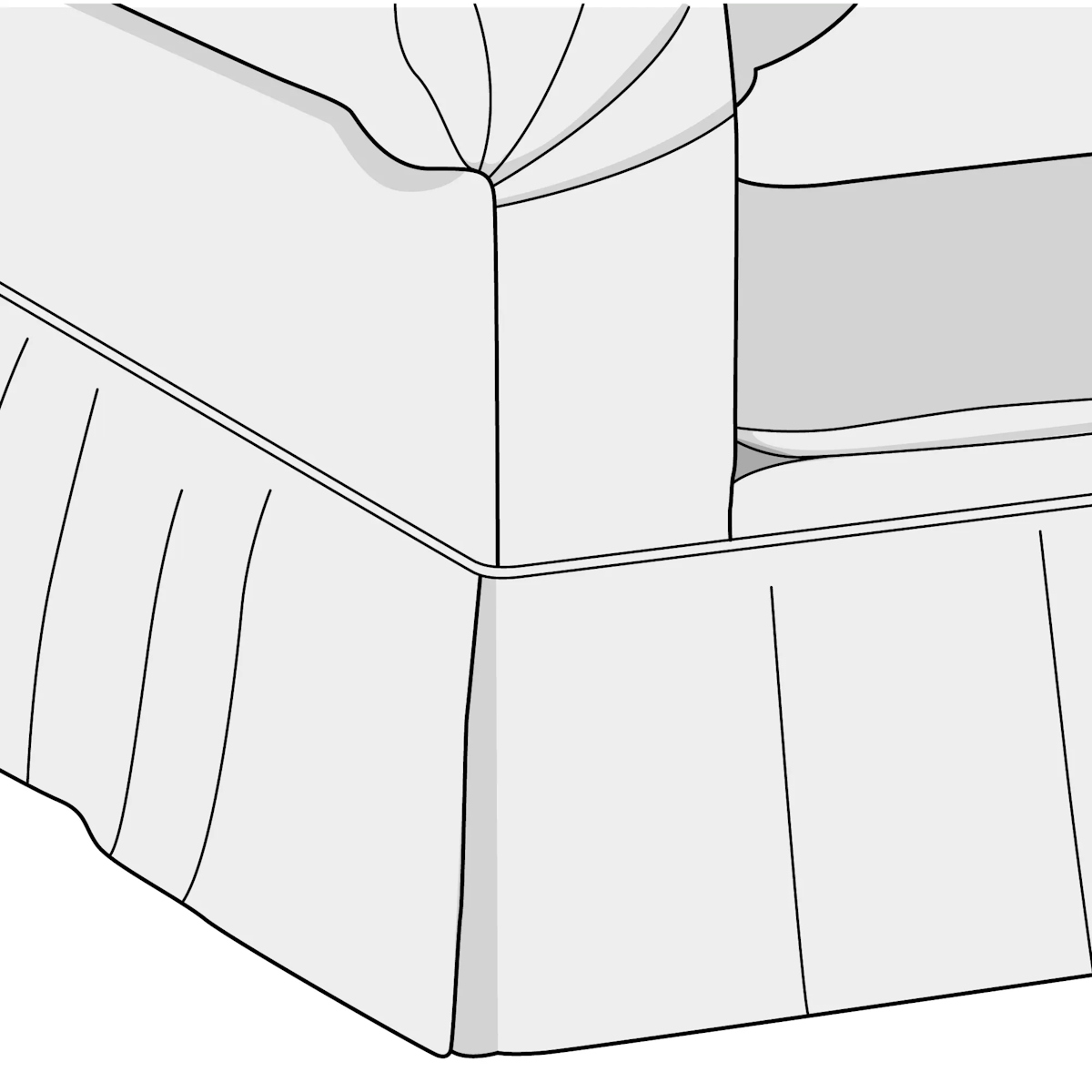
Dressmaker & Waterfall Skirt
A dressmaker skirt extends from the seat deck or the top of the sofa's arm or back to the floor in an unbroken panel. A waterfall skirt is similar but instead of beginning at the seat deck, it begins from the top of the seat cushion.
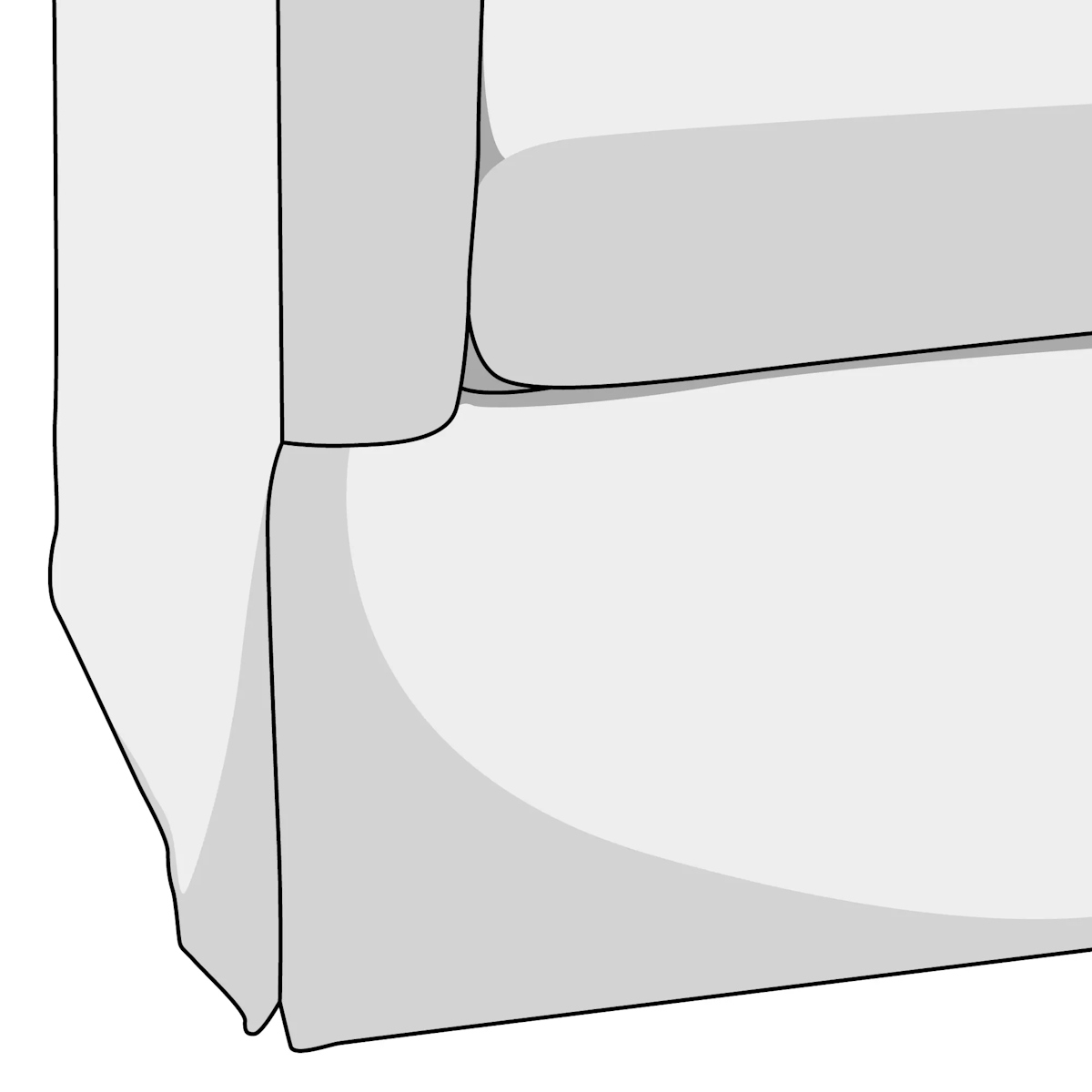
Fringe Skirt
Fringe skirts feature long fringe or bullion to cover the base of the sofa. Fringed sofa skirts are a typically traditional upholstery choice but have become popular in the last few years with many modern designers using them in a contemporary way.
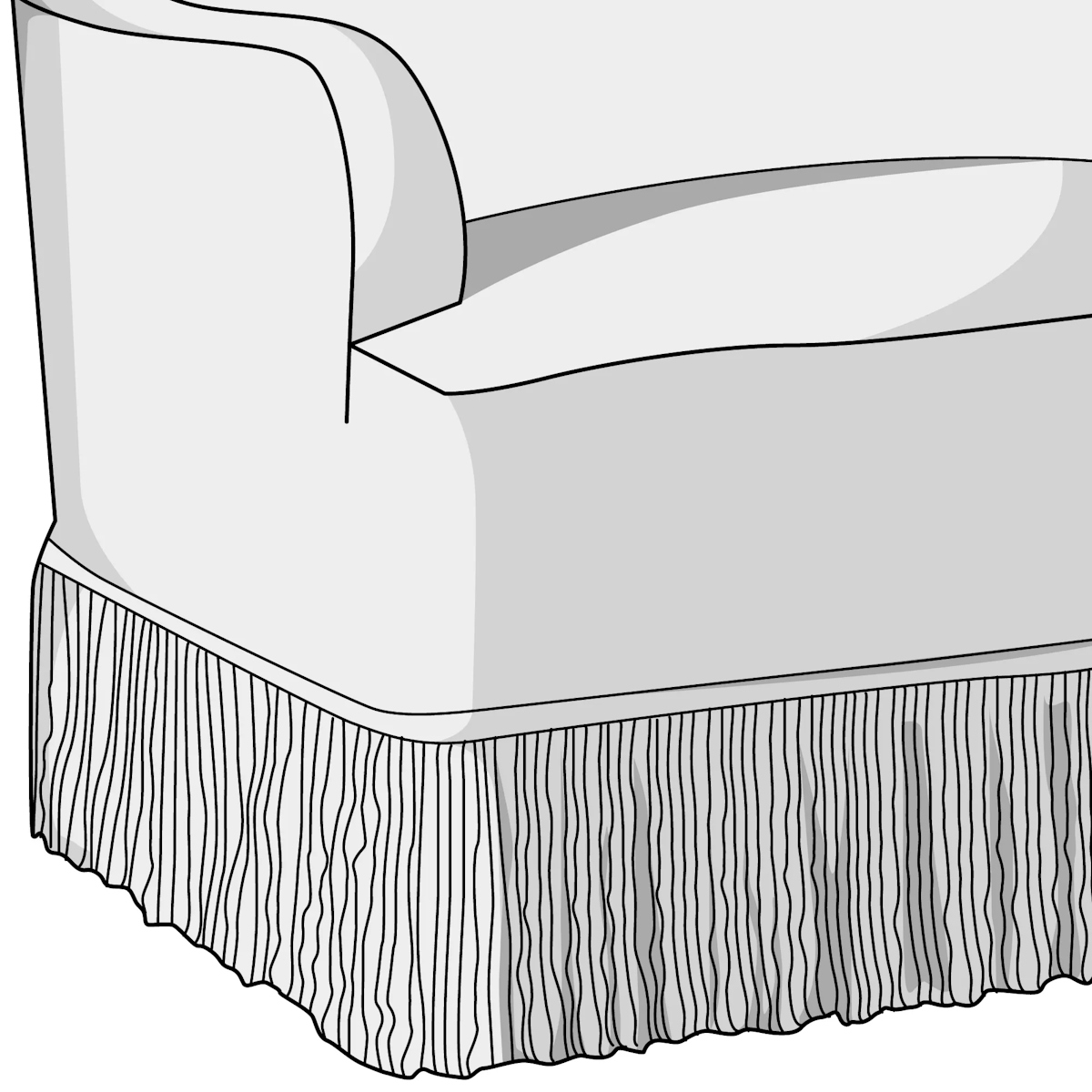
Gathered Skirt & Gathered Corner Skirt
As its name suggests, this skirt is created by gathering the fabric at the base of the sofa and allowing it to drape naturally. Skirts can also be gathered only in the corner making a gathered corner skirt.
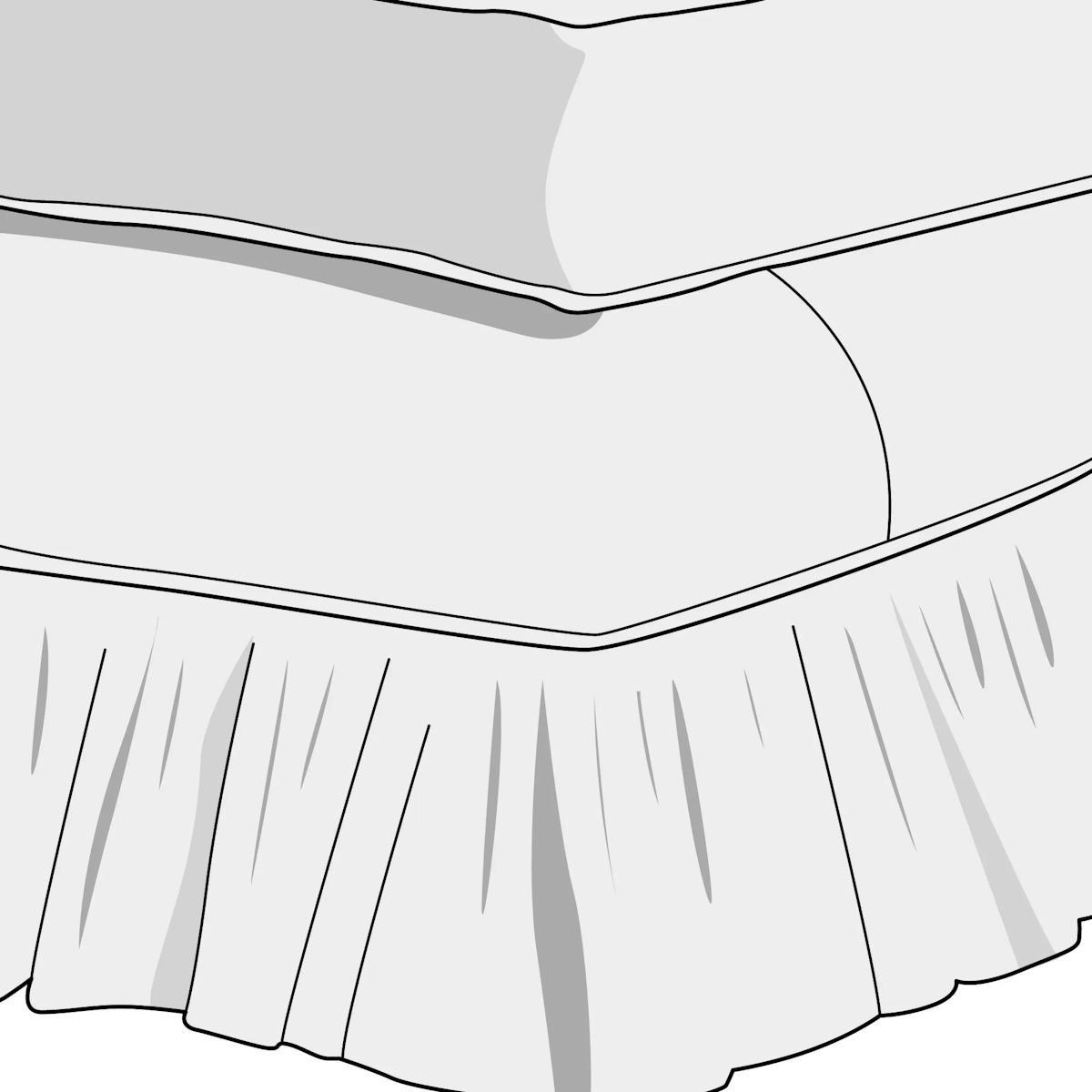
Kick/Flat Pleat Skirt
Featuring pleats at the sofa's corners, kick pleat skirts are straight and uncomplicated and extend from a row of piping just slightly below the deck of the sofa. Panels can be divided by a pleat in line with the sofa's centre or breaks in seat cushions.
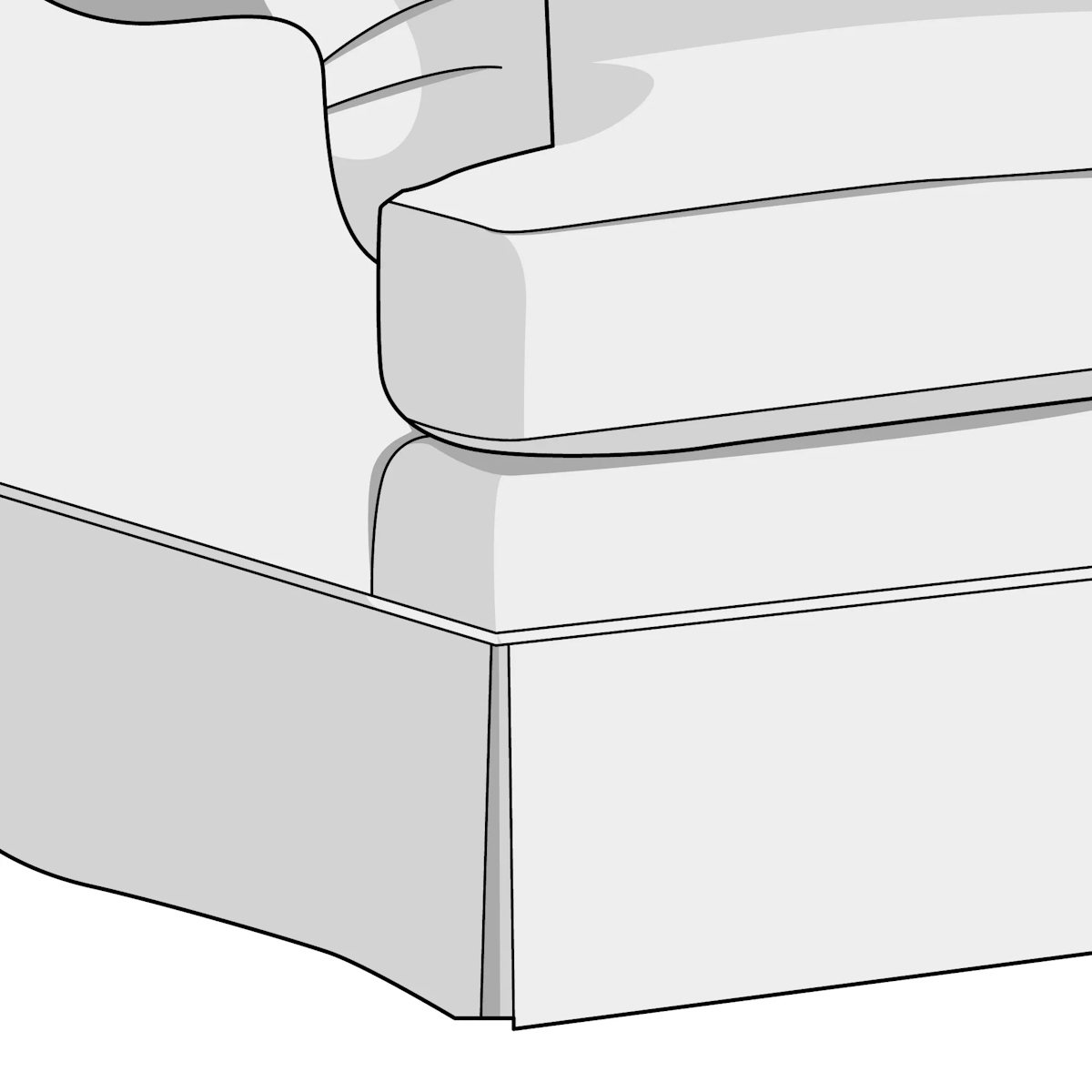
Side/Knife Pleat Skirt
Side or knife pleats are simply folded, consistent widths of fabric in the same direction. These can be pressed or left to drape to the ground freely. Side pleats aren’t currently very popular and tend to only be seen on antiques.

Tufting
Tufting is a traditional upholstery technique which was originally used to keep a sofa’s filling evenly distributed. This was done by sewing through the upholstery fabrics and filling of an upholstered sofa and then securing the stitch at the other side (in the case of cushions) or inside the sofa (for fixed back sofas). This created dips in the upholstery in which buttons were often used to disguise the stitches. Because of the extra reinforcement, tufted furniture was much more durable than non-tufted furniture.
These days, tufting has become a favoured decorative element too and requires a lot of skill to do correctly. Tufting can be done on the sofa back, sofa seat or both.
Biscuit Tufting
Biscuit tufting stitches upholstery in a regular grid pattern and can be done with or without buttons and as deep or shallow tufting. Biscuit tufting was popular for Mid-century modern sofas.
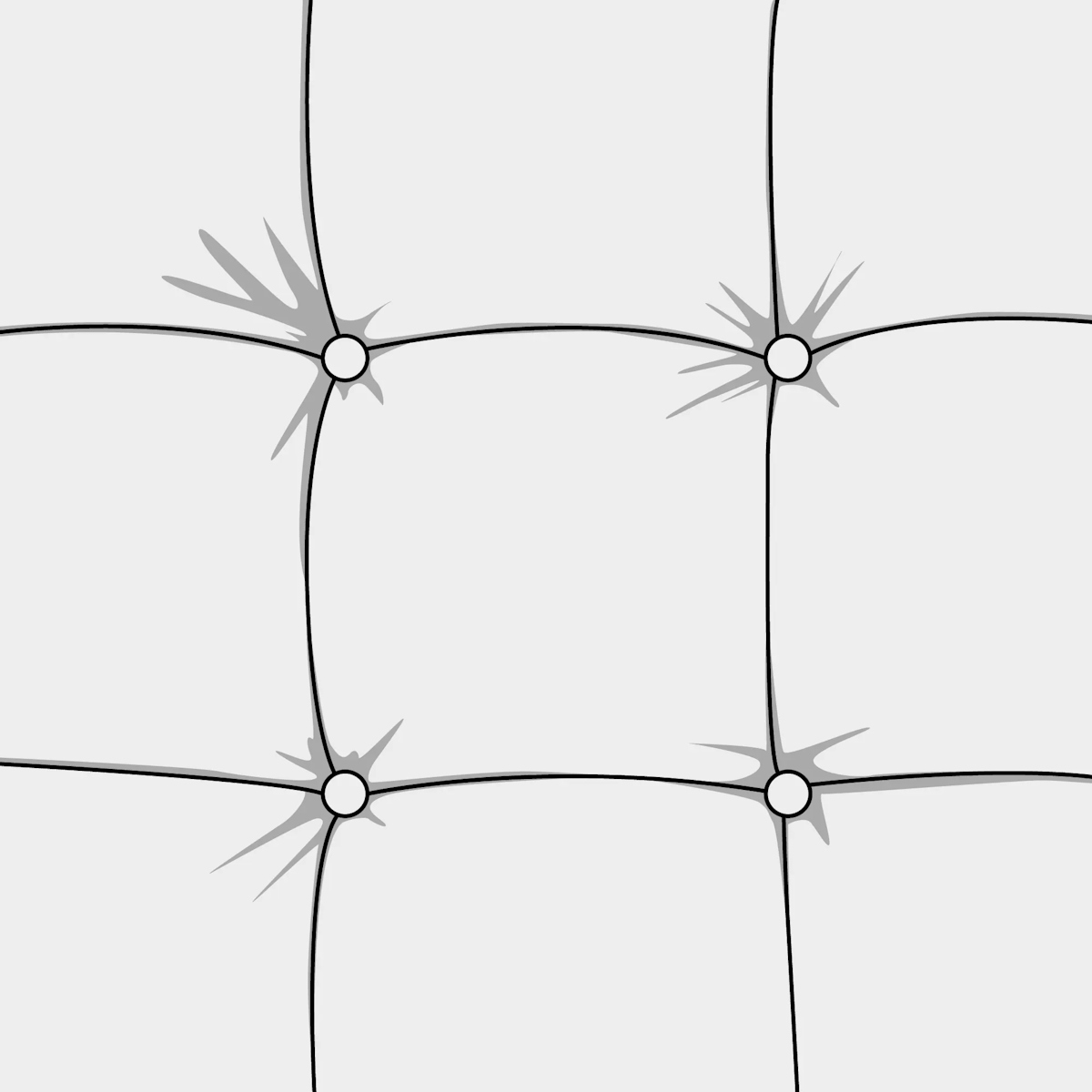
Blind Tufting
Blind tufting is the simplest form of tufting. It is purely done with stitches and no buttons for a seamless, modern look. It most often uses shallow tufts although can be done with deeper tufts.
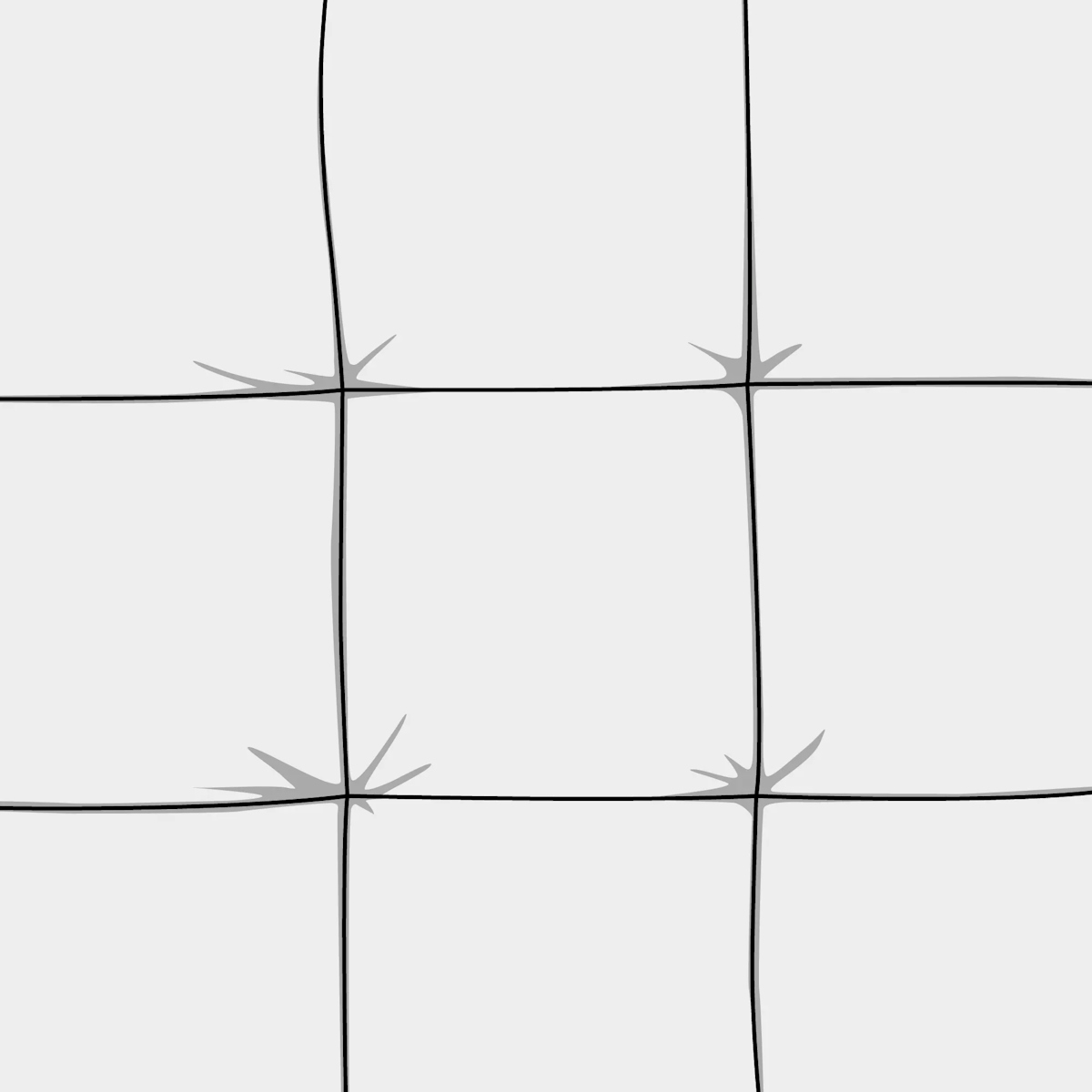
Diamond Tufting
Diamond tufting is so-called because its dips form a pattern of repeated diamond shapes. It can be done as shallow or deep tufting and with or without buttons, although with buttons is the most popular.
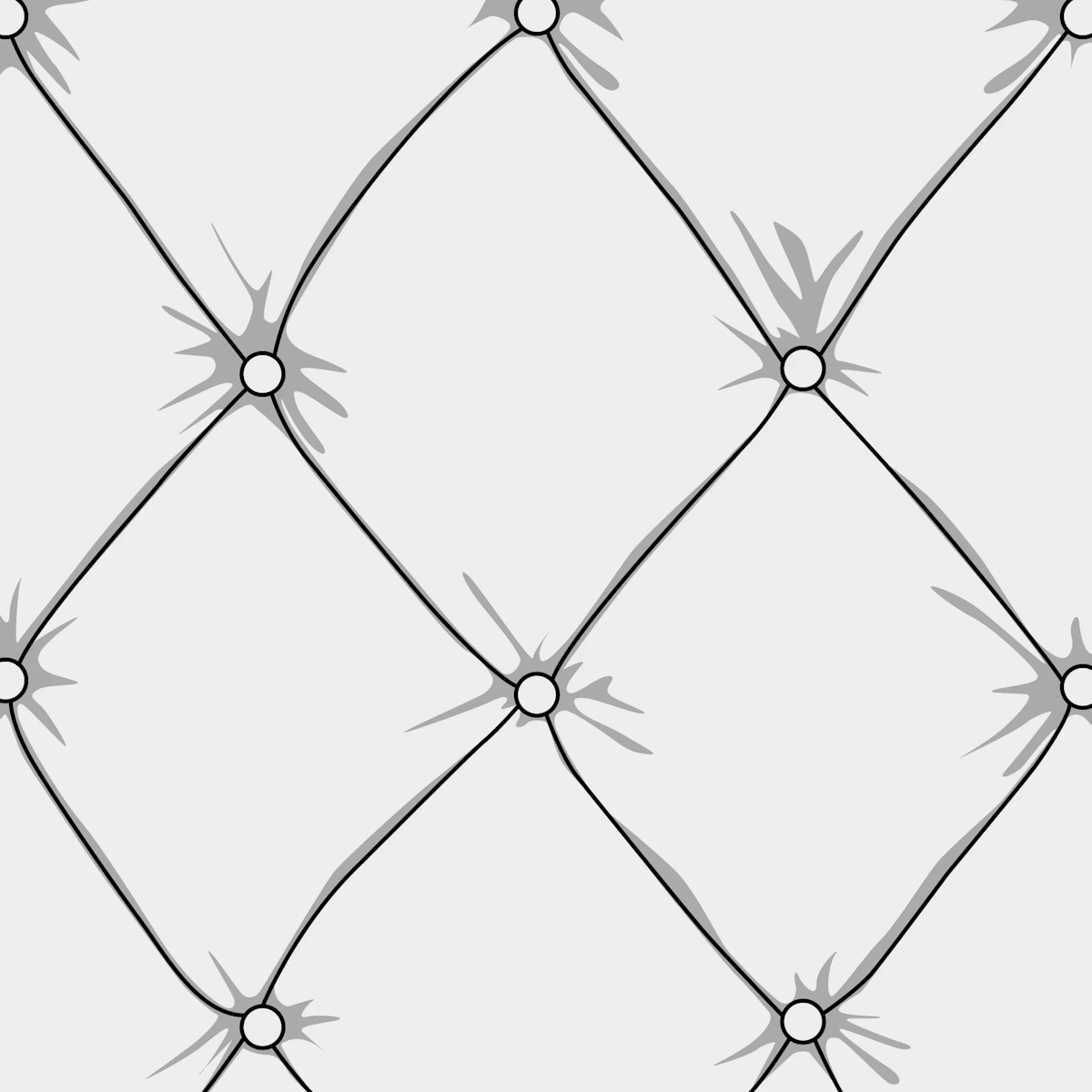
Single Line Tufting
Single line tufting is a straight line of tufting, usually accompanied by stitched vertical seams at right angles to the tuft. These tufts are usually quite shallow and can be done with or without buttons.

Upholstery Trim
Upholstery trim options include nailhead trim, piping and fringe amongst many others. As a group, decorative trims are referred to as passamenterie and, like fringed skirts, have had a major resurgence in the last few years. Here are some of the most common sofa trims.
Piping
Piping (or cording or welting) is the tubular trim which borders sofa cushions, sofa panels or sofa arms and can be in either a matching or contrasting fabric. It gives a sofa a tailored appearance and also helps to visually reinforce the sofa’s silhouette.
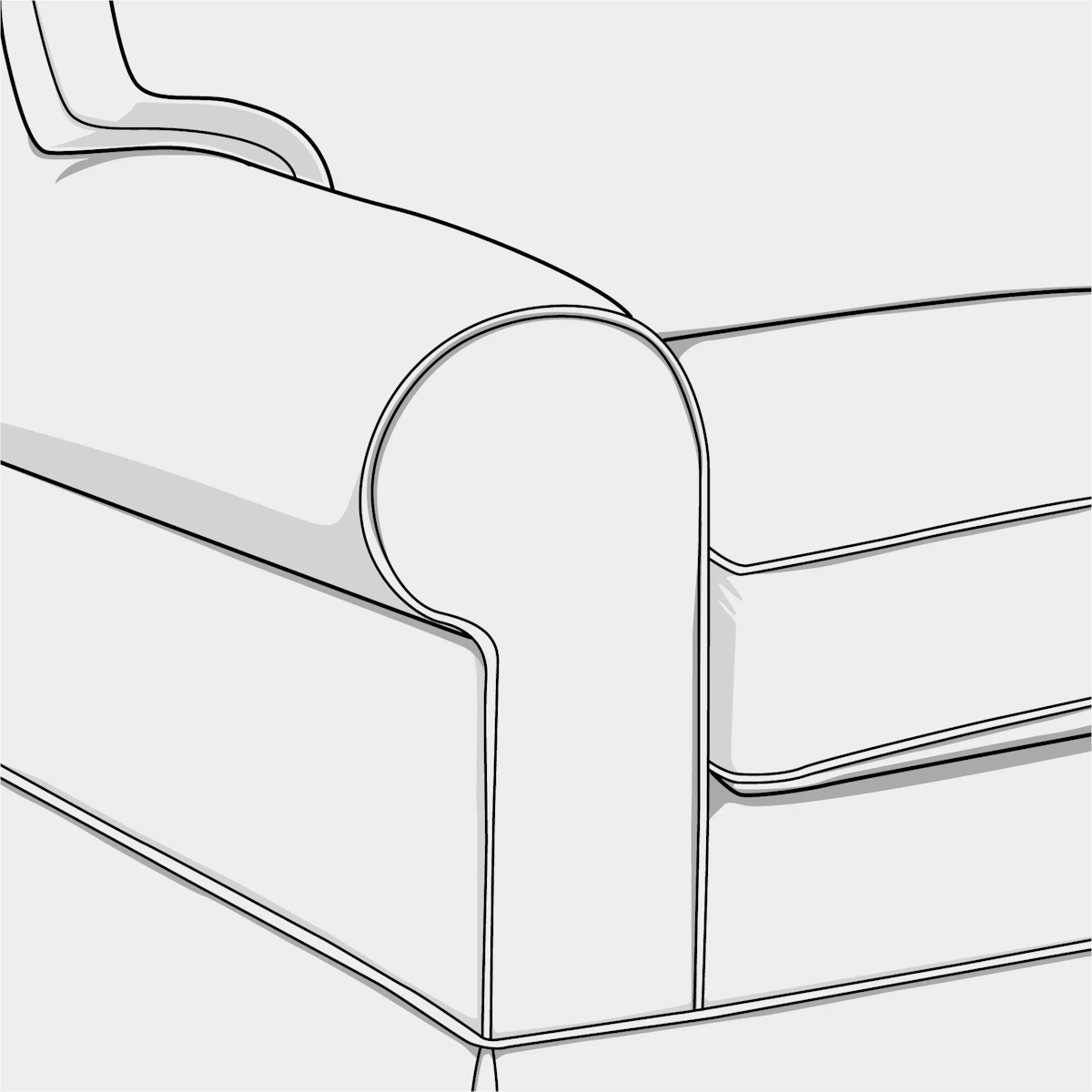
Fringe
Fringe is the collective term for trim made up of lengths of hanging threads or braids and embellished with various thread-based decorations or beads. Specific fringes are cut fringe, brush or moss fringe, bullion, bobble fringe and tassels.
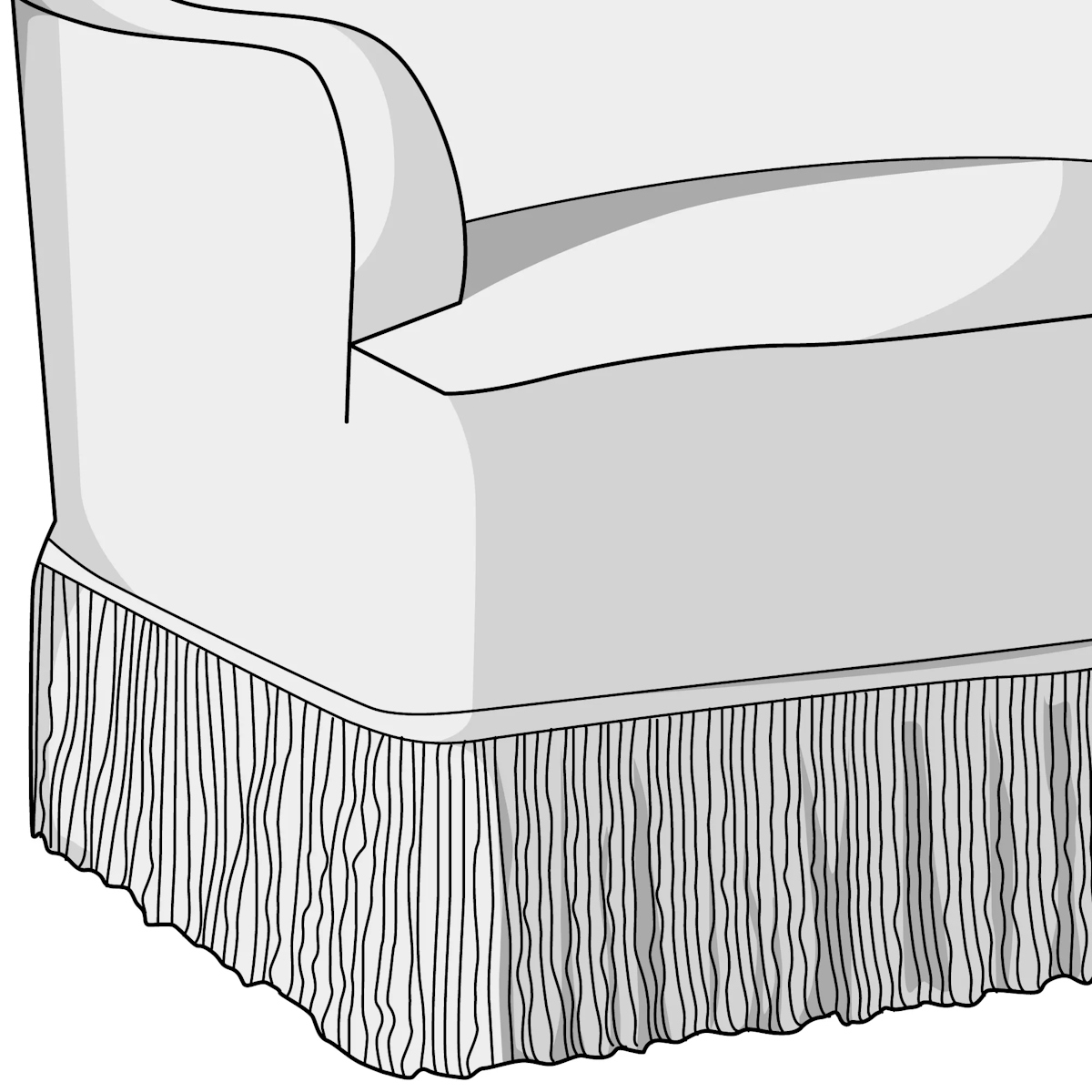
Nailhead Trim
Nailhead trim—consecutive tacks affixed to an upholstery piece in a row—was used by traditional upholsterers to secure upholstery fabrics to a sofa’s frame easily. In modern times, nailhead trim is included for its traditional charm.

Here at LuxDeco, our highly skilled designers are on hand to give their expert advice and help design your perfect sofa. If you would like help designing or choosing your luxury sofa, contact our team at [email protected] or +44 (0)20 3322 8665.
Discover More
Continue on your sofa journey and learn more about the craftsmanship and care that goes into the production of our luxury sofas.
